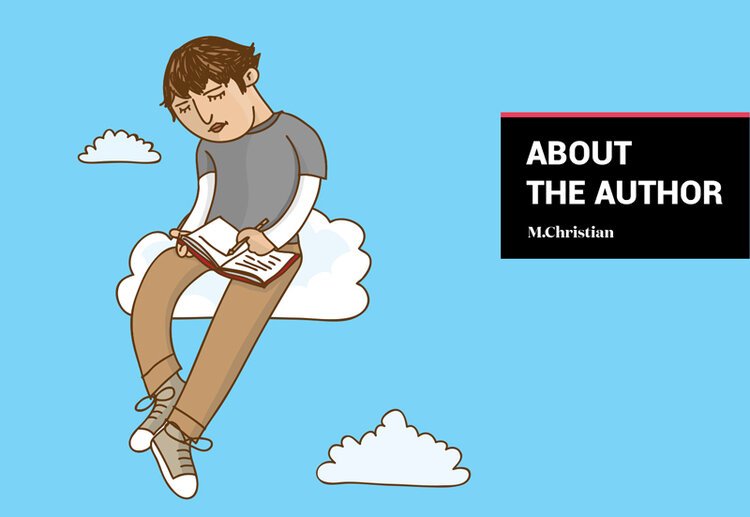MariNaomi’s Story
I wanted to be a novelist from a young age — even before I could write. I guess you can blame it on my dad, who was an aspiring author. Between that and my mother's abilities as a visual artist, I always felt encouraged in anything creative I wanted to pursue.
I didn't get into comics until the 1990s when I was an adult. The comic that inspired me to make my own was Mary Fleener's personal story "The Jelly," about her hot-mess roommate, published in Diane Noomin's 1991 anthology Twisted Sisters: A Collection of Bad Girl Art. I loved to draw and tell stories (and I had plenty to tell), so it just made sense to give it a try. Since then, I've been in many anthologies and published seven books, with more on the way. I didn't think of comics as a viable career option for the longest time, so it is surprising that I do comics full-time now.
In 2014, I created a Cartoonists of Color Database because I wanted a list for myself of creators who were persons of color. For many years, I had been told such creators didn't exist, something which was used as a convenient excuse to justify our lack of visibility. So, after I compiled about one hundred names, mostly by reaching out on social media, I realized that my list should be shared.
As I was setting up the database, I felt queer creators should have their own too, but I struggled with how to present the information best. I didn't want to out anyone, but I did want the database to exist. So, I created the initial Queer Cartoonists Database by culling information from queer comics anthologies in my collection (I figured by participating in queer anthologies, these creators had already outed themselves). I then made participants opt-in for additional profiles (whereas anyone could initially submit cartoonists of color). Recently, I added the Disabled Cartoonists Database to the mix. I am not currently part of the disabled community, but I think it is an important group that needs boosting. As a reader and human, I want those stories told, too.
I can't be certain of the reach my databases have, but I have been told countless folks have used them to find creators to publish, fill panels, and hire. Cartoonists come up to me at conventions saying they got their first gig through the databases. Each time this happens, it is a very emotional thing for me. It's the whole point of me doing this.
Anyone can use these databases for free — you just go to the website, type in a value or two to narrow down the results, and browse through the thousands of creators. I hope that someday, I can pass the project on to someone with more resources than I have. There is so much potential for community building that could be done through them, but I just don't have the bandwidth. Or maybe someday I'll just quit the databases because they won't be needed anymore.
Artist Notes
“MariNaomi is featured here painting a building, which represents the creativity and artist in her. Together, the three buildings with their different colors represent the databases she has created, which is a storehouse of opportunity. The two trees on either side of the illustration symbolise the growth of all the artists who have benefitted from the databases.”
Published Sep 30, 2020
Updated Aug 31, 2023













